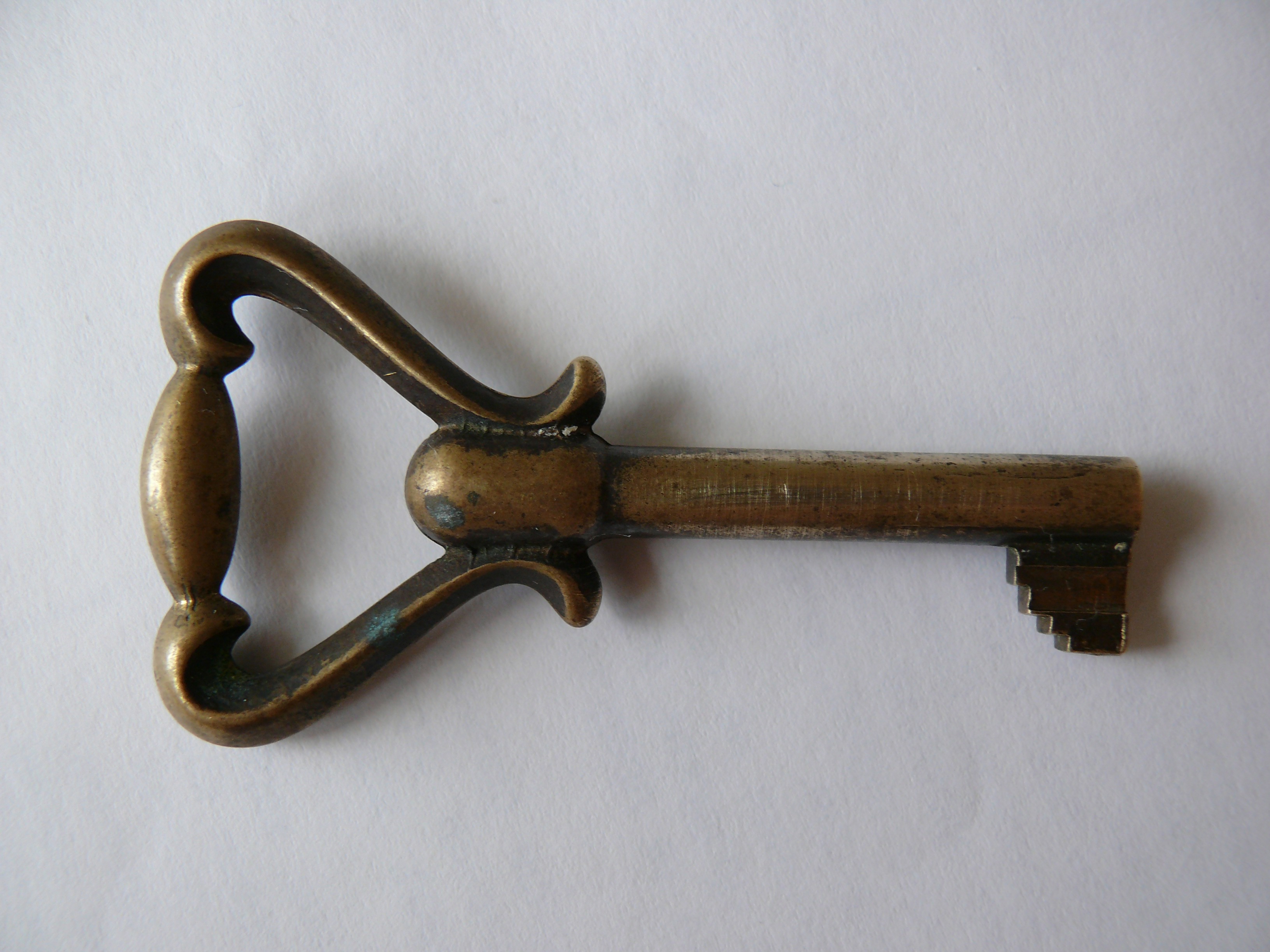
21 Nov What’s a QLAC and is it worth it?
Photo: ricetek/morguefile.comQ. Do you think purchasing a QLAC (qualified longevity annuity contract) is worth it? I realize you are able to defer up to $125,000 in Required Minimum Distributions (RMDs) until you annuitize and start drawing income, but since there is no growth over the years during that period is it really a good deal?
— Needing advice
A. We’re glad you’re asking rather than just jumping in.
Like any investment tool deciding whether or not it is a “good deal” is totally dependent upon the individual’s circumstances, said Steven Gallo, certified public accountant with U.S. Financial Services in Fairfield.
Let’s first discuss how a QLAC works.
Gallo said an individual is permitted to contribute the lesser of $125,000 or 25 percent of his or her qualified retirement savings into a QLAC.
These funds will not be subject to RMD rules so in effect will allow a taxpayer to defer taxation on these payments to a point later in life, he said.
Payments must begin no later than age 85.
“The amount of payments received will be calculated based on the taxpayer’s life expectancy at the time he or she begins payments, as well as current interest rates, and once started, will remain constant throughout the remainder of their life,” Gallo said.
The amount invested will not be affected by the ups and downs in the market but rather by interest rates, which as we know remain at or near at all -time lows, Gallo said.
“So your concern about no growth is not completely true as there is some return on your money but it will be limited, as is the case in any conservative investment,” Gallo said. “You are basically buying an insurance policy on your retirement income and the cost for this insurance is limited growth.”
The main benefit of QLAC contracts over other annuity products is the ability to defer taxable income to a later time, he said.
“If this is an important factor in your planning process, then it may be worth considering, however if your main concern is outliving your money, there are other products that will guarantee lifetime income that may provide a better return on your investment,” Gallo said.
Lastly, when looking at these products, you must be aware of the different riders being offered by insurance carriers and the additional costs. These riders may add to the policy.
“These riders include a Joint Income rider, which provides income for your life as well as your spouse’s, and a Return of Premium rider, which provides a guarantee that you and or your beneficiary will receive at least what you contributed to the contract in the event of the death of the contract owner,” Gallo said.
If you’re still not sure, get a second opinion from a fee-based financial planner who wouldn’t sell you a QLAC — that way you’re just buying the advice and you won’t have to worry about any conflict of interest from the seller.
Email your questions to .
This post was first published in November 2016.
NJMoneyHelp.com presents certain general financial planning principles and advice, but should never be viewed as a substitute for obtaining advice from a personal professional advisor who understands your unique individual circumstances.
